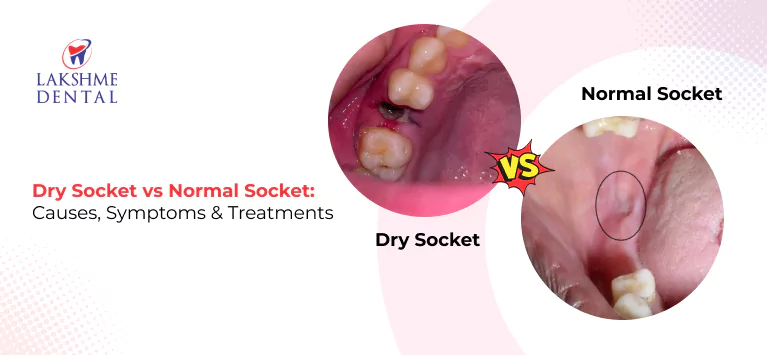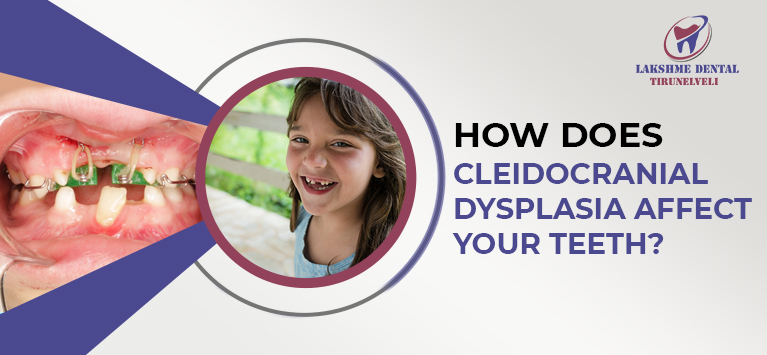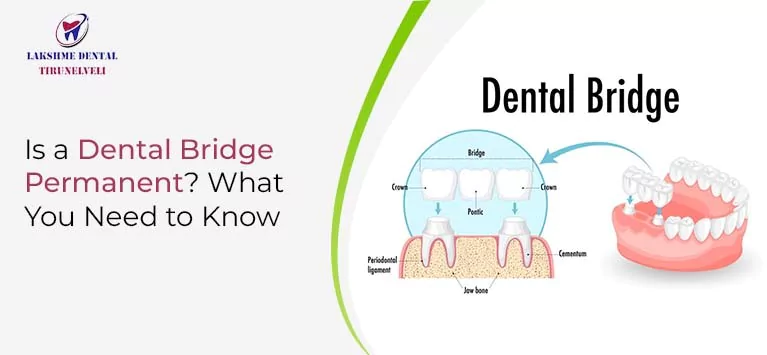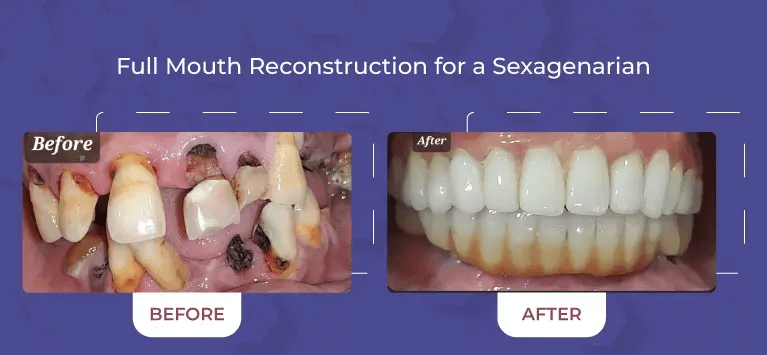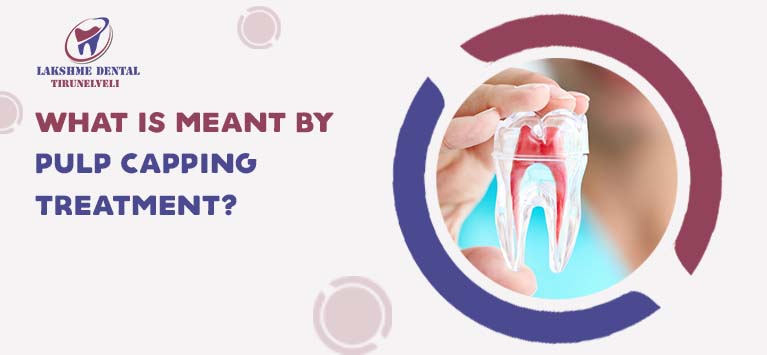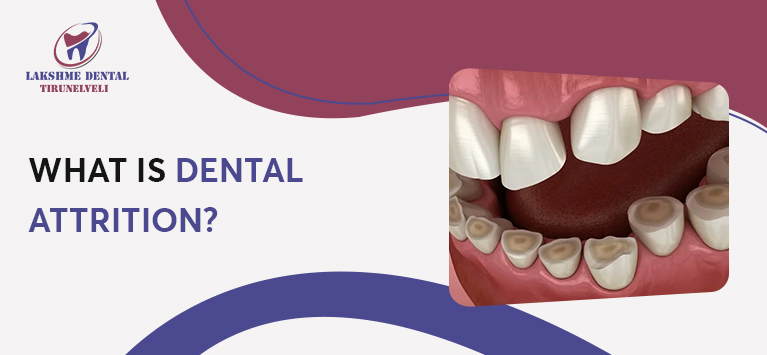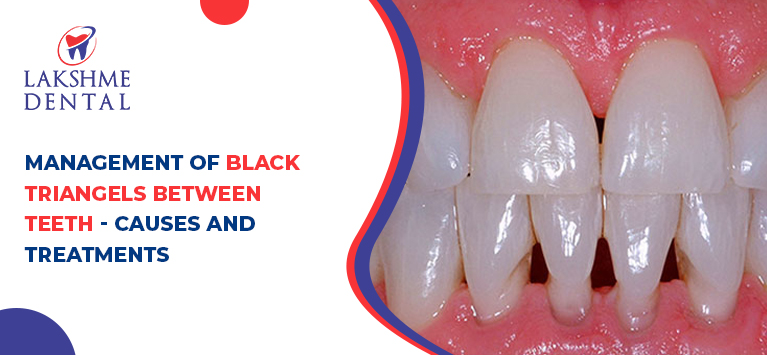Jaw Correction Surgery – Procedure, Types, Benefits & Aftercare Tips
Reconstructive Jaw Surgery, also known as Orthognathic Surgery is performed to correct abnormalities in the jaw bone structure. It is recommended at times when the bite problems cannot be addressed with dental braces. Besides correcting the bite problems and jaw irregularities, this corrective surgery helps to treat certain cosmetic problems like facial imbalance and receding chins.
Mostly, accidental injuries in the jaw or congenital defects related to the jaw bone distort the jaw bone structure. People with such jaw deformities encounter difficulties like TMJ pain, difficulty in chewing & swallowing, excessive wear of the teeth, etc.
Jaw corrective methods that aim at correcting the deformed jaw or moving the relocated jaw bone to its correct position are paramount to address these problems.
What are the different types of corrective jaw surgery?
Jaw bone surgery is classified into 3 types as follows:
- Upper Jaw bone surgery – It aims at correcting the receded or protruded upper jaw. The surgery is performed to move the upper jaw to properly align with the bottom jaw.
- Lower Jaw bone surgery – Similar to upper jaw bone surgery, this procedure involves repositioning the lower jaw to correctly align with the upper jaw.
- Jaw Reduction Surgery – It is recommended for people with a wider lower jaw. This surgical procedure is performed to reduce the jawline so that the lower jaw shape is optimized and makes the face looks more appealing.
- Double Jaw Surgery – Also called a bimaxillary osteotomy, it is performed to correct deformities in the lower or upper jaw or both at the same time. People with jaw malformation and jaw deformities due to accidents can revamp their jaw bone through this procedure.
What are the steps involved in jaw reconstruction surgery?
Similar to all oral surgical procedures, orthognathic surgery is also performed after injecting local anesthesia. Hence the patients do not sense any pain during the surgery.
The procedure begins with making an incision in the mouth. For upper jaw surgery, the incision is made in the gums above the upper teeth whereas an incision in the gums behind molars to access the lower jaw bone. Then, the oral surgeons move the jaw bone forward or backward to revamp its position.
Now, the realigned bones are held together using screws, steel plates, and wires. They help the repositioned bone fuse with the existing one and quicken the healing process.
In certain cases, the excessive bone is reshaped for proper alignment. On the other hand, bone is taken from other parts of the body and placed n the problematic region in the jaw to treat jaw bone recession.
What are the aftercare instructions you should follow after jaw correction surgery?
On average, the jaw bone surgery recovery ranges between 6 and 12 weeks. Likewise, the patient has to stay in the hospital for 1t least 4 days following the surgery. During the recovery period, it is essential to emulate the instructions prescribed by the oral surgeons.
In the initial stage of recovery, the patient would encounter mild difficulties like swelling, stiffness but they subside on their own. However, the patients should
- Take prescribed medications to reduce pain
- Do salt water mouth rinse 2 to 3 times a day
- Maintain a liquid diet for a few days after the surgery
- Eat soft foods for around 6 weeks
- Don’t indulge in heavy physical activities
Once the patient is fully recovered, he/she should wear dental braces for some time to align the teeth.
Bottom line
Many people believe that jaw bone corrective surgery is just to enhance facial appearance. In contrast, it helps in treating structural issues, airway constraints, chronic pain conditions around the jaw bone muscles. At times, jaw reconstructive surgery is used in conjunction with orthodontic treatments to fix bite problems.
Have questions about corrective jaw surgery? ask our dentists in the comment section.

